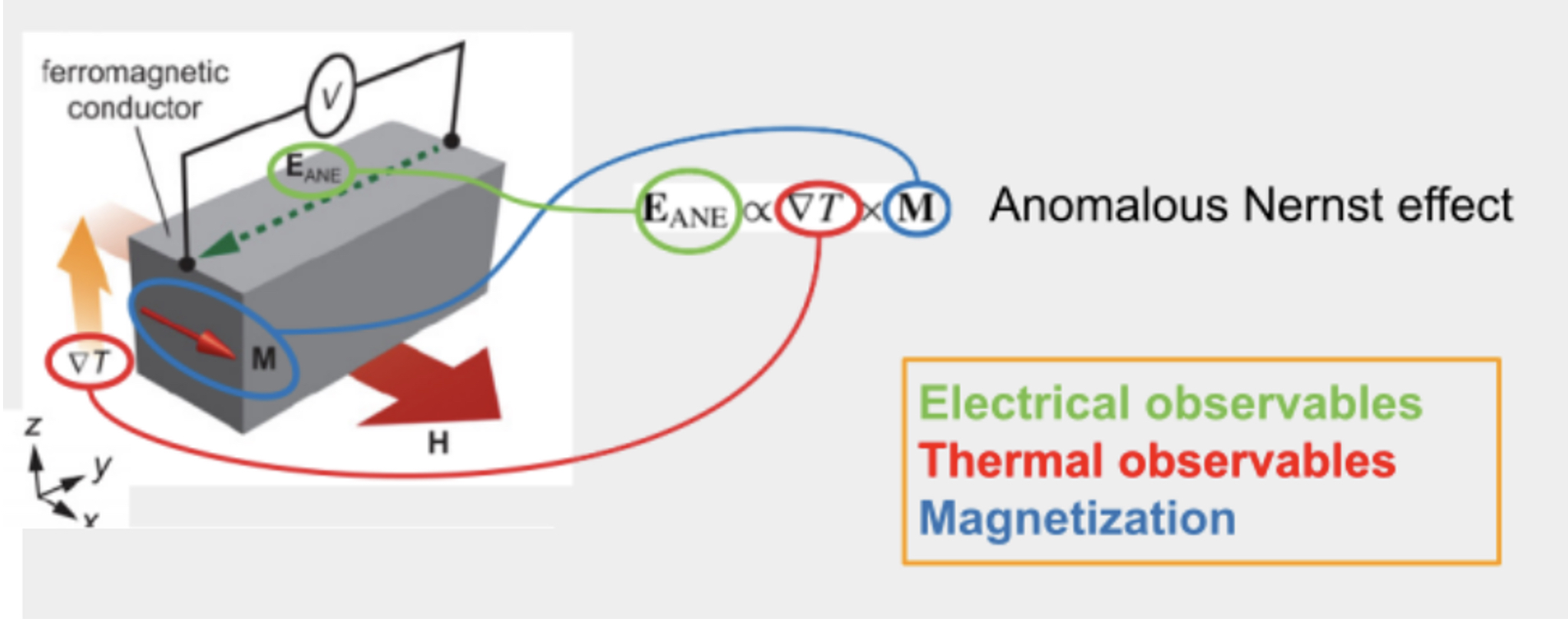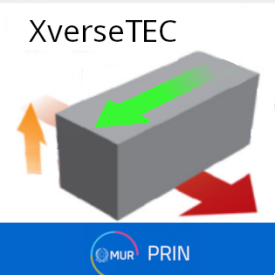Energy harvesting technologies, able to generate electricity from energy available in the environment, have recently stimulated a plentiful research because of their potential to power mobile devices and wireless sensor networks. Among these, the conversion of thermal energy into electrical energy by means of a solid state device is an idea that originates from the discovery of thermoelectric effects. The Seebeck effect, the first to be discovered, allows the generation of an electric field from a thermal gradient across a proper material. The ratio between these two vectors, that are parallel to each other, is the Seebeck coefficient and represents the strength of the phenomenon. The total efficiency, a fraction of the ideal Carnot efficiency, is ruled by a figure of merit proportional to the product between the Seebeck coefficient, the thermal resistivity and the electrical conductivity. The competition between the last two quantities, expressed by the Wiedemann–Franz law, limits the figure of merit. An approach to overcome this limit is the design of thermoelectric devices based on a transverse geometry. This can be achieved thanks to the transverse thermoelectric effects, like the Nernst effect, occurring in materials where a thermal gradient and a magnetic field, perpendicular to each other, are responsible for the emergence of an electric field, in turn perpendicular to the aforementioned vectors. This allows the efficiency to scale with extrinsic characteristics instead of being limited to intrinsic material properties alone, like in the case of Seebeck effect.

The project intends to provide breakthroughs in experimental knowledge about the transverse thermoelectric generation. We aim to investigate materials selected according to two criteria: the feasibility of making devices and the presence of transverse thermoelectric effects driven by the magnetisation, which implies a focus on magnetic systems with maximized remanent magnetisation. In addition, we aim to study systems where mechanisms of thermoelectric generation of different origins can be combined, resulting in an enhanced thermopower. We plan to achieve this goal with the fabrication of both thin film and bulk structures with optimized microstructure and with thorough investigations of the thermopower performances as a function of geometry and structural features. This can benefit the practical design of devices for applications. The results of this project will be highly valuable both for the research community, in terms of experimental results, to support a deeper understanding of phenomena, and for the industry, in terms of reliable data on materials performances for the design of prototypes.
This project is financed by the European Union – Next Generation EU - PRIN2022









